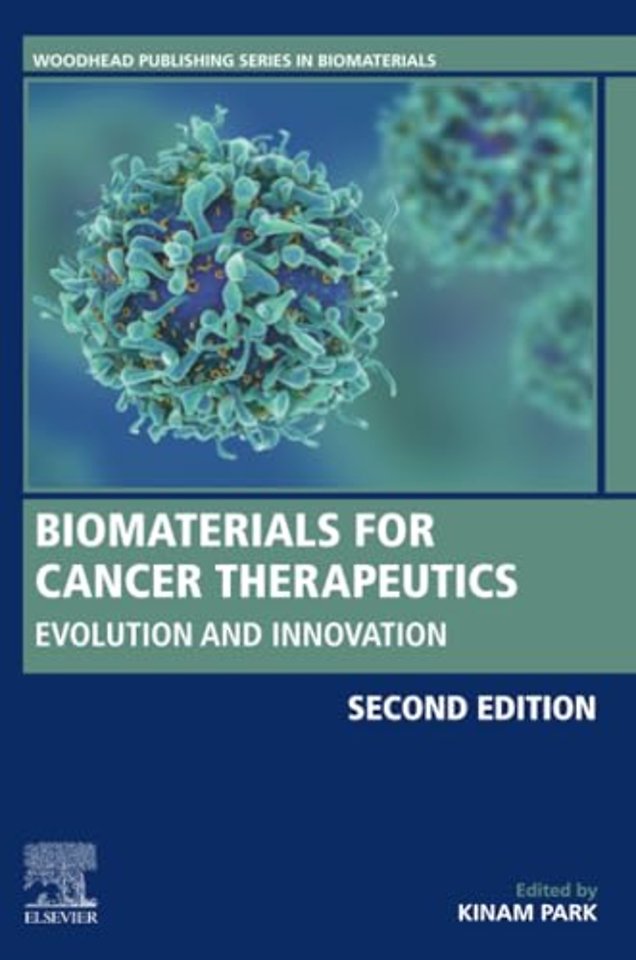Biomaterials for Cancer Therapeutics
Evolution and Innovation
Samenvatting
Biomaterials for Cancer Therapeutics: Evolution and Innovation, Second Edition, discusses the role and potential of biomaterials in treating this prevalent disease. The first part of the book discusses the fundamentals of biomaterials for cancer therapeutics. Part Two discusses synthetic vaccines, proteins and polymers for cancer therapeutics. Part Three focuses on theranosis and drug delivery systems, while the final set of chapters look at biomaterial therapies and cancer cell interaction.
Cancer affects people of all ages, and approximately one in three people are estimated to be diagnosed with cancer during their lifetime. Extensive research is being undertaken by many different institutions to explore potential new therapeutics, and biomaterials technology is being developed to target, treat and prevent cancer. Hence, this book is a welcomed resource to the discussion.

